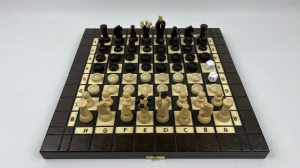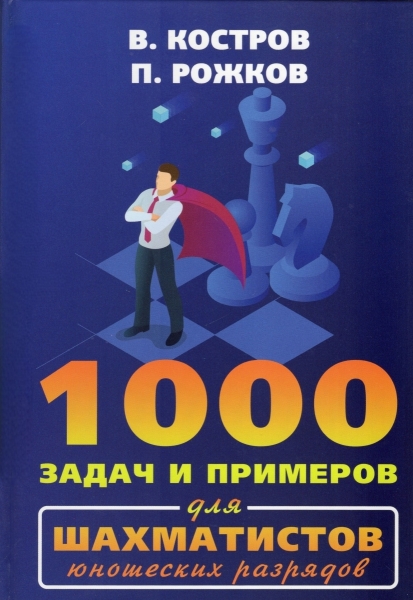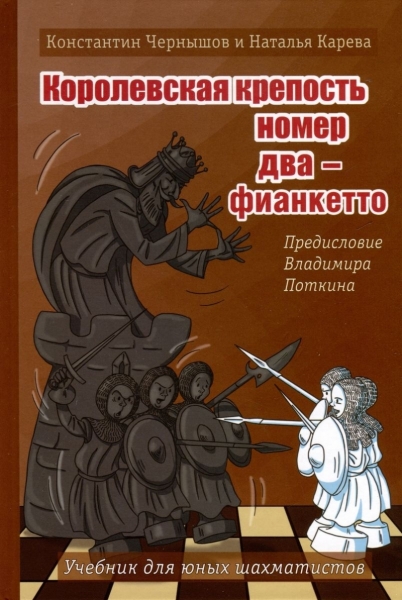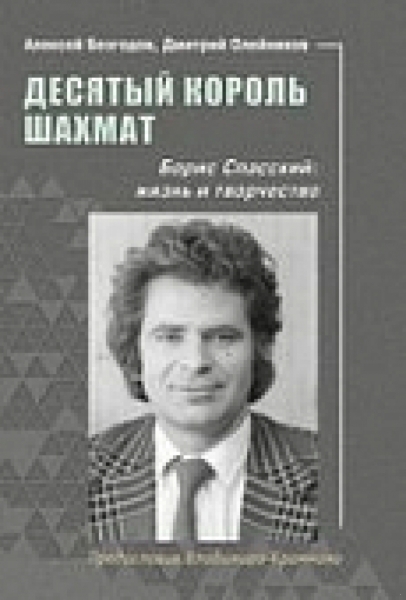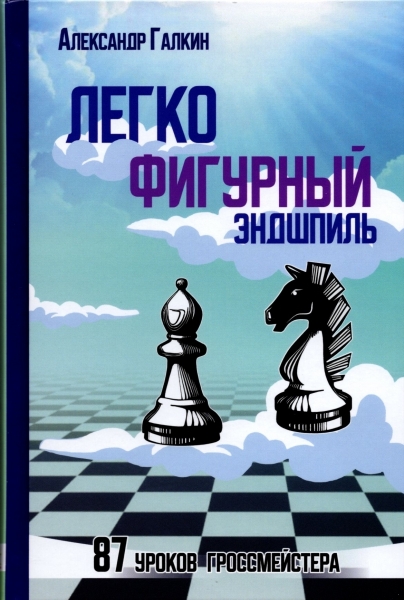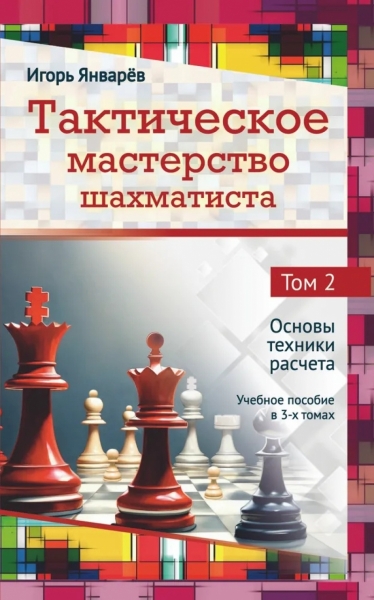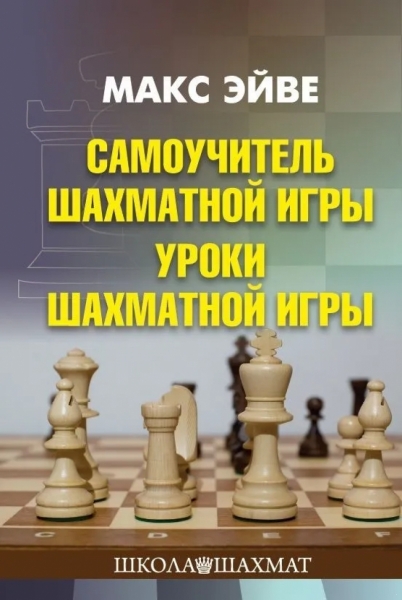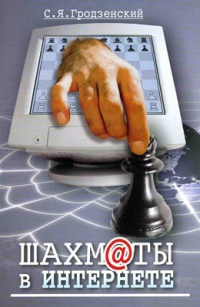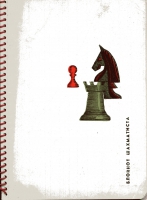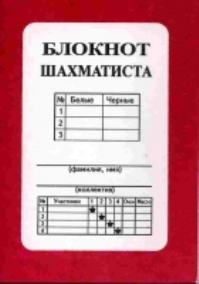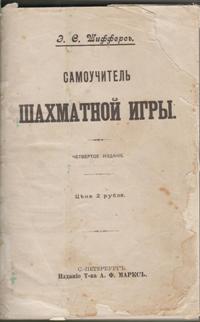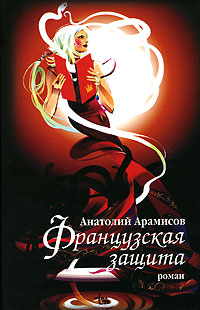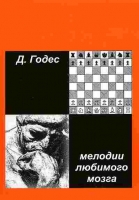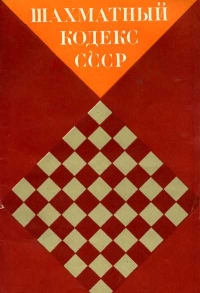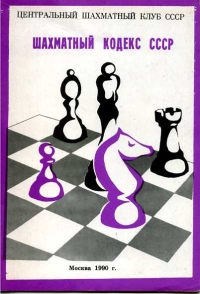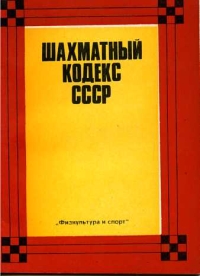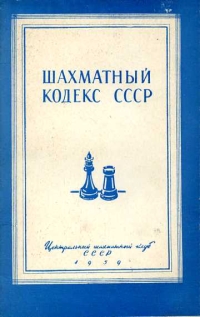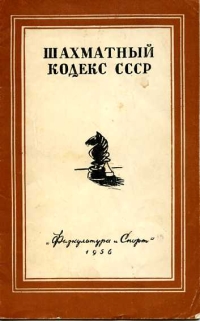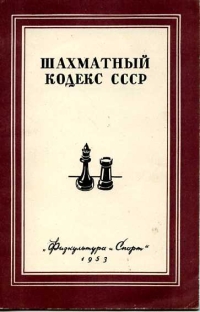miscellanea
-
9.67 $
Imagine life without the Internet is becoming increasingly difficult, there are various ways to use it by chess players. The new century has defined a new form of absentee chess. The traditional game “through letters” was replaced by e-mail and online games. This type of chess eliminates the disadvantages of traditional correspondence and has many advantages. The book is addressed to all chess lovers, and its goal is to contribute to the spread of the game in Russia through the World Wide Web.
-
-
-
Chess game does not provide accidents. The advantage in it can be obtained only due to the mistakes of the enemy or your own skill. In the Tutorial of the chess game of E.S. Schifers, the basic information about the game is presented, its beauty and logic are shown. Among them: the order of making moves by one or other figures, the rules of the game and the meaning of the main situations that may arise on the board (check and check, castling, stalemate, gambit, etc.).
-
34.55 $
France, Russia. The middle - the end of the 90s of the 20th century. Russian chess master Viktor Odintsov plays at a tournament in a suburb of Paris. But instead of an honestly earned prize, by the will of circumstances, he falls into a French prison ... Once released, he again encounters an insurmountable barrier - a kind of "French wired" associated with an unfair game of opponents, the arbitrariness of the judges. Victor has a girlfriend, Simon, who helps him. However, the Russian player is haunted by one setback after another. Odintsov, driven to despair, invents a tricky way, his "know-how", with which he begins to smash all rivals. Together with Simone, Victor overcomes numerous obstacles raised by their detractors. He comes to the main match with the world champion. And confidently leads in this fight, where the opposing team uses dirty game methods. A step before Odintsov’s victory, the French beauty Genevieve intervenes in events, avenging her rejected love. And Victor would inflict a seemingly crushing blow to the back ... The novel tells about the difficult fate of Russian emigrants living in France.
-
75.00 $
“This book -“ Melodies of the beloved brain ”- for those who love their profession, looking for new facets of inspiration, fiction and creativity. And also for teachers, psychologists, athletes. For people of science and just for the curious, who confidently build and change their a life..."
-
3.41 $
This edition has been brought into line with the rules of the game, approved by FIDE (in particular, the discrepancies between the rules adopted in the USSR and the international rules of the game by correspondence were eliminated). For the first time, rules on a chess composition are included in the USSR Chess Code.
-
3.14 $
The USSR Chess Code contains the Rules for the Game of Chess, the Rules of Competition, the Rules of the Game of Correspondence (correspondence competitions), the Rules of Chess Composition (composing and solving problems and etudes), as well as the appendices. In this edition of the Code, the rules of the game of chess fully comply with the rules of the International Chess Federation (FIDE), and the notes develop them, helping the judges to make the right decisions in those cases that are not specified in the articles of the code.
-
3.14 $
The official text of the Chess Code of the USSR (1981), which sets out the rules of chess games, the preparation and conduct of competitions, games by correspondence, chess composition with all the necessary applications (chess notation and recording of games; tables for playing members of the Society of the Blind; Additions and changes to the Rules of a chess game for competitions in lightning speed; Rules of simultaneous play sessions.
-
3.66 $
The Chess Code contains the rules of the chess game, the rules of chess competitions (tournaments and matches), and the management of the competition. The appendix contains additions to the USSR Chess Code for blind chess players, the rules and regulations of the game of correspondence, tables of the game queue in tournaments, chess notation and record keeping of the game.
-
6.54 $
The USSR Chess Code addresses the issues of judging and organizing competitions, the work of the judiciary. This edition has been harmonized in many matters with the rules of the game approved by FIDE (International Chess Federation). The publication is designed for organizers of competitions, coaches, judges, for a wide range of chess players.
-
4.97 $
The main changes and additions made to this edition of the code clarify: the concept of progress; incorrectness in the conduct of the party; rules of using chess clocks; draw order; the procedure for postponing and playing the game; order of recognition for a draw with a triple repetition of the position.
-
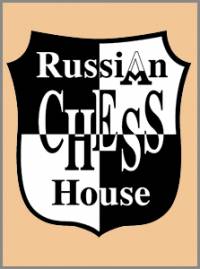 The life of a chess player in the system. Memories of the grandmaster
Author:
The life of a chess player in the system. Memories of the grandmaster
Author:
Averbah 45.00 $ -
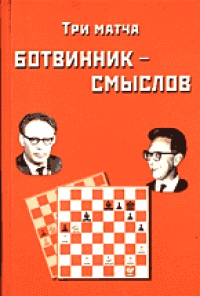 Три матча Ботвинник-Смыслов
Author:
Три матча Ботвинник-Смыслов
Author:
Botvinnik 45.00 $ -
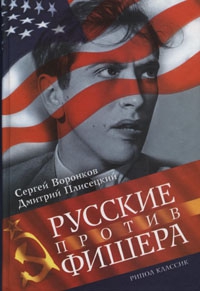 Russians vs Fisher
Author:
Russians vs Fisher
Author:
Voronkov 65.00 $ -
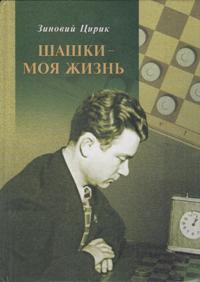 Checkers is my life
Author:
Checkers is my life
Author:
Ciric 87.50 $ -
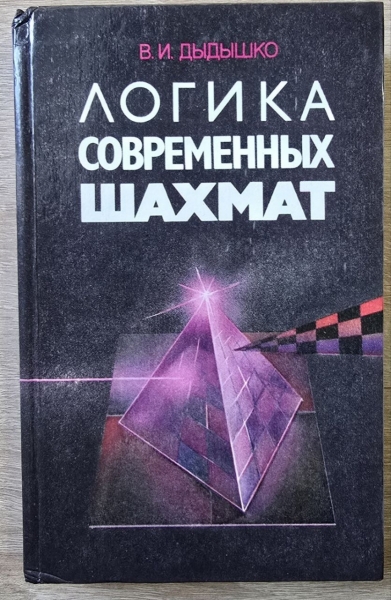 The logic of modern chess
Author:
The logic of modern chess
Author:
Dydyshko 72.50 $ -
 Siegbert Tarrasch. The Queen
Author:
Siegbert Tarrasch. The Queen
Author:
Tarrash 72.50 $ -
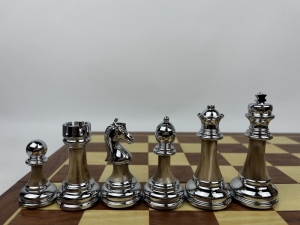 High quality acrylic metal heavy chess pieces with wooden board
202.50 $
High quality acrylic metal heavy chess pieces with wooden board
202.50 $
-
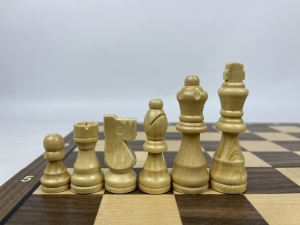 Wooden magnetic Staunton chess with a lock (silver)
56.25 $
Wooden magnetic Staunton chess with a lock (silver)
56.25 $
-
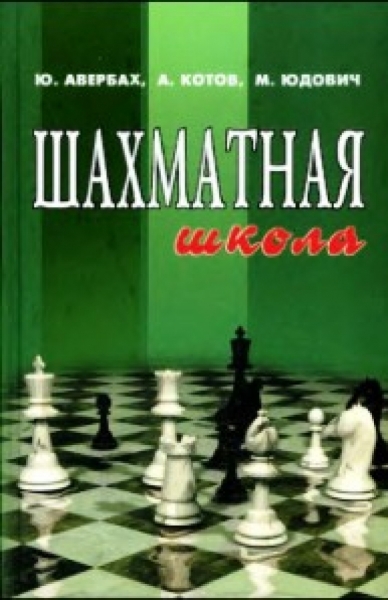 Chess school
Author:
Chess school
Author:
Averbah 15.00 $ -
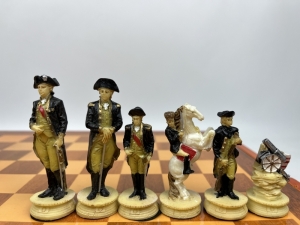 The chess set of The Chessmen. US war - Great Britain
325.00 $
The chess set of The Chessmen. US war - Great Britain
325.00 $
 Русский
Русский  Английский
Английский 